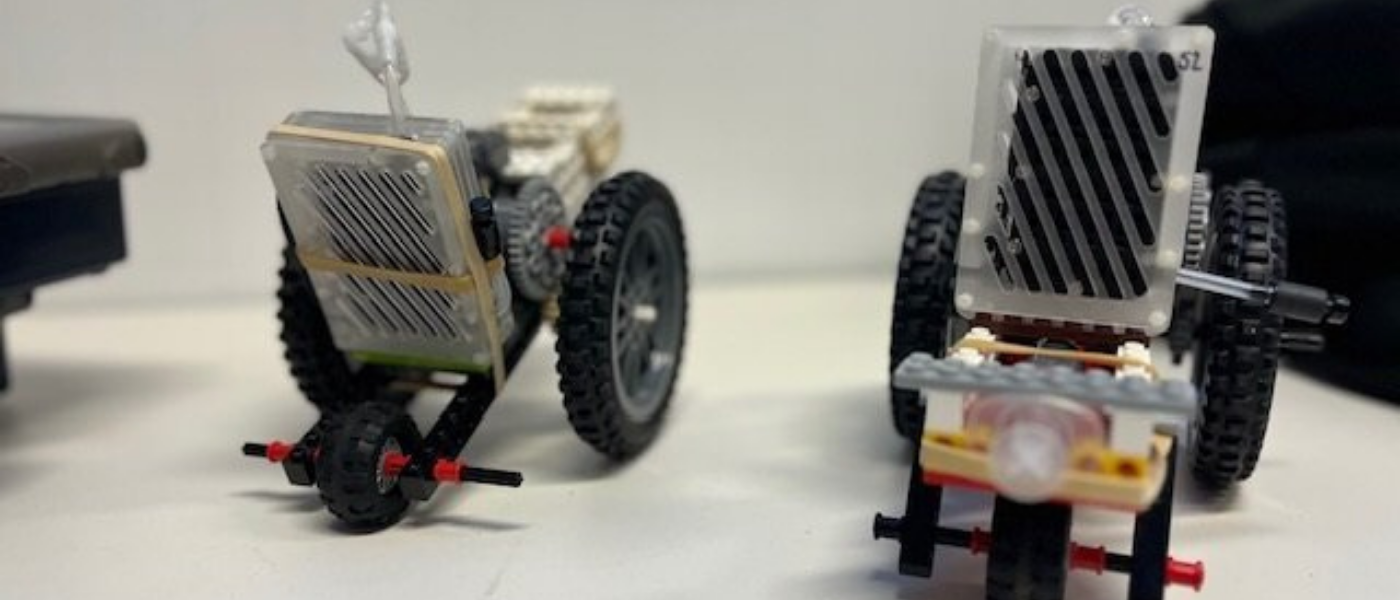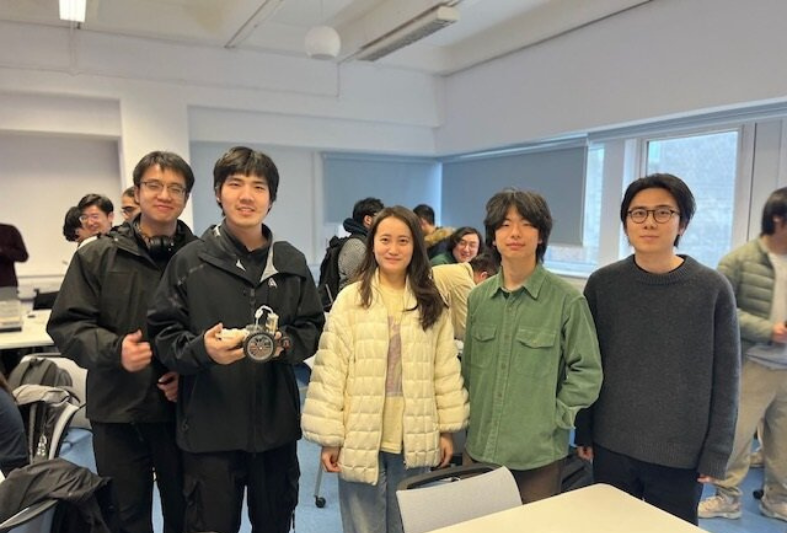
The Power of Lego
The Chancellor’s Fund has been supporting exciting and inspiring projects at UofG for more than 25 years. Thanks to your gifts, the Fund has helped sports teams to achieve their goals, enabled students to get the most out of their UofG experience and helped get fledgling research projects off the ground.
Recently, the Chancellor’s Fund supported an innovative project that brought together engineering, communication and Lego to create a dynamic learning experience. Student Retention Success Officer, Greg Burgess, who worked on the Lego Hydrogen Project explains that it aimed to support PGT students, particularly those new to the College of Science and Engineering, to develop their communication and confidence skills.
88 international students, all of whom were studying a MSc in Robotics, took part in the project. In teams they were challenged to build a Lego vehicle which would travel as far as possible when powered by a hydrogen cell. Each team had 90 minutes to design and construct their vehicle before testing it to see which travelled the furthest.

While discussing the impact of the project Greg Burgess said, “We adapted the Hydrogen Challenge, which was originally aimed at high school pupils, to suit our postgraduate cohort. The idea of designing and building hydrogen-powered Lego vehicles brought a hands-on, engaging element to the learning experience.
By training undergraduate engineering students to deliver the workshops, we also created a valuable opportunity for them to enhance their presentation skills and learn how to effectively engage with international students. It was a dynamic, collaborative environment that encouraged growth on multiple levels.
Xin Zhao, a student who participated in the project, said, “The event was very interesting because using hydrogen as a power source was something new for us. The atmosphere at the venue was great, filled with the tension of competition, and everyone was fully engaged when we calculated the distance our car travelled together. It made us very happy and proud that our team’s car achieved such a good result.”
From a pedagogical perspective, the project struck a perfect balance between fun and function. The competitive element added urgency and excitement, while the problem-solving aspect encouraged students to collaborate, think critically and apply their knowledge in real time. Watching students thrive in this setting – laughing, learning, sighing, and innovating – was a clear reminder of how experiential learning can transform education.”

